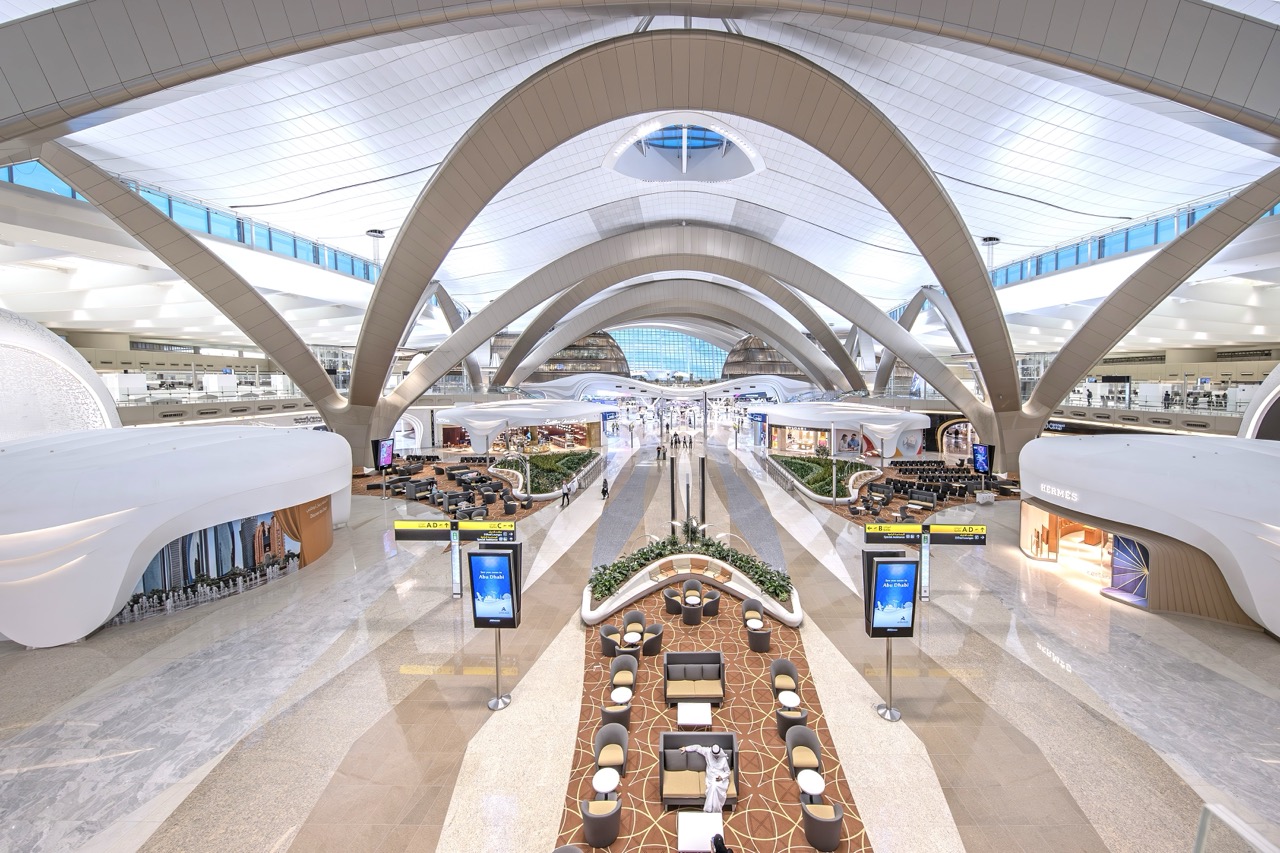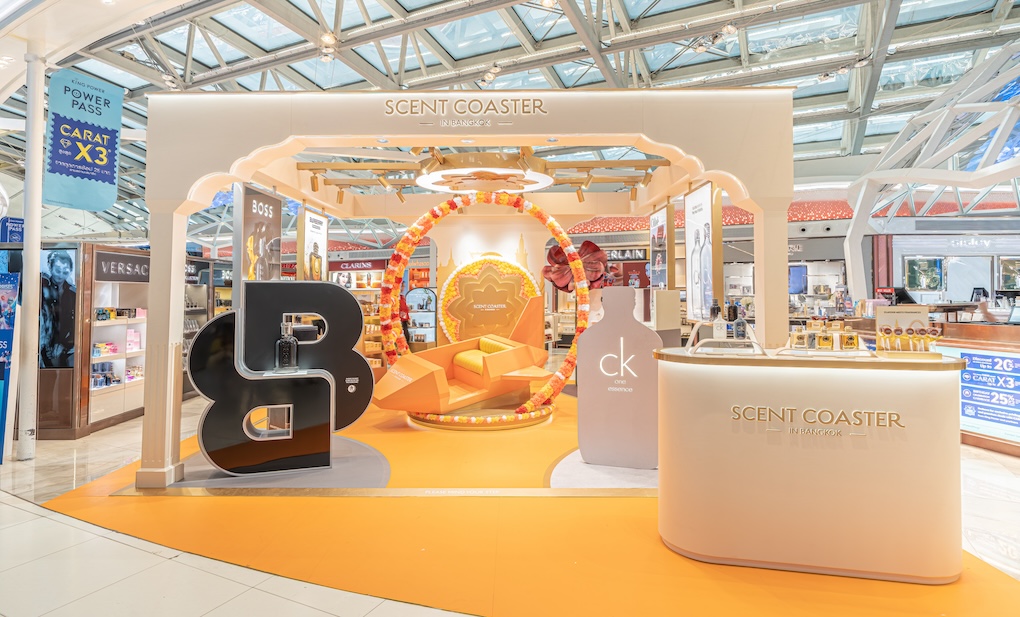US/INTERNATIONAL. A digital business that lists over 3,000 duty free stores from around the world is targeting the COVID-19-hit travel retail sector as a new outlet for potential sales.
DutyFreeZone.com, which is poised to launch a “significantly upgraded” version of a website originally set up in 1998, is the brainchild of Florida-based businessman Reynald Grattagliano.
Grattagliano claims that the revamped platform will enable customers to buy duty free products as duty paid, from a range of vendors, for delivery in their own country. It will also allow travellers to buy duty free products via click and collect when they are travelling, he said.
However, no duty free retailers appear to have signed up yet and Grattagliano said brand negotiations were “subject to NDAs”.

Grattagliano claims that DutyFreeZone.com will only serve as an intermediary, a marketplace on which operators and brands have their own virtual stores with responsibility for clearing the goods with local customs and shipping. They pay DutyFreeZone.com a 15% commission on all sales.
According to Grattagliano, the site will carry only “original brands” and the brand owners will decide their own retail pricing.
Grattagliano says the DutyFreeZone.com business has 30 employees, including a former head of Wal Mart’s ecommerce division and a former head of ecommerce at Mexico’s El Palacio de Hierro.
“I learned that the good business model is to sell merchandise which does not belong to you. Therefore, I had to find a way to never own any inventory again”
DutyFreeZone.com was founded in 1998, based on the Caribbean island of Curaçao. At that time, Grattagliano claims he was buying inventory from thousands of vendors and shipping 5,000 orders daily to consumers all over the world. By 2014, he says, annual turnover had reached US$200 million. However, with competition from ecommerce giants such as Amazon, he says that he was left with too much unsold merchandise and began to lose money.
“I learned that the good business model is to sell merchandise which does not belong to you,” he said. “Therefore, I had to find a way to never own any inventory again.”
DutyFreeZone.com is well-placed to serve a crisis-hit industry which is struggling to deplete unsold inventory, Grattagliano says, adding that he is also bullish about the operation’s long-term post-COVID future.

“We are speaking with a few of them as you can imagine, but they want to see my site up and running before onboarding,” said Grattagliano. “We are in discussions with the largest ones but we cannot say which ones as I signed NDAs with them and also we are in discussions with hundreds of famous brand owners. It’s the same situation – with NDAs in place we cannot tell [you] who they are.”
Asked why brands would support the proposition, he added: “It is too early, they are all in a wait and see position. In fact I do not mind because many brands told me that they are OK to sell directly to DutyFreeZone.com if the duty free shops don’t want to do it. If the duty free shop does not want to list their products at DutyFreeZone, the brands cannot afford to lose the sale, so one way or the other, they have to be listed at DFZ.”
Contentiously, he claims not only that operators will increase their global sales by listing on DutyFreeZone.com, but that duty free shops will make 20% more profit. “The same situation happened 18 years ago with Amazon.com – and look what Amazon is today,” Grattagliano said.
Most duty free players have established ecommerce operations. Why would they use DutyFreeZone.com, even if their brand partners agreed?
Grattagliano responded: “They do not want to be kept prisoner of one duty free operator who owns one website. If a consumer feels prisoner of the site he is buying from he will go away and search for the competition. Logically, he will land on DutyFreeZone.com and will see all the brands that he wants, but this time from hundreds of duty free shops competing with each other and offering different prices. This is the essence of what a marketplace is about.”

Furthermore, he argued, that if the products are bought from DutyFreeZone.com as duty paid, rather than duty free, the duty free channel’s price advantage isn’t lost.
Grattagliano said: “With DutyFreeZone.com, consumers will have in front of them a gigantic choice of thousands of brands available usually in duty free shops and from manufacturers from all over the world.
“Dutyfeezone.com will become that way a gigantic duty free mall, therefore for the consumers to buy only from one duty free shop website like Dufry.com, for example, to buy one item, then log out and buy another item from DFS will become obsolete. At DutyFreeZone.com the consumers will find all they need under one roof – it will become the Champs-Élysées’ of the luxury business.”













